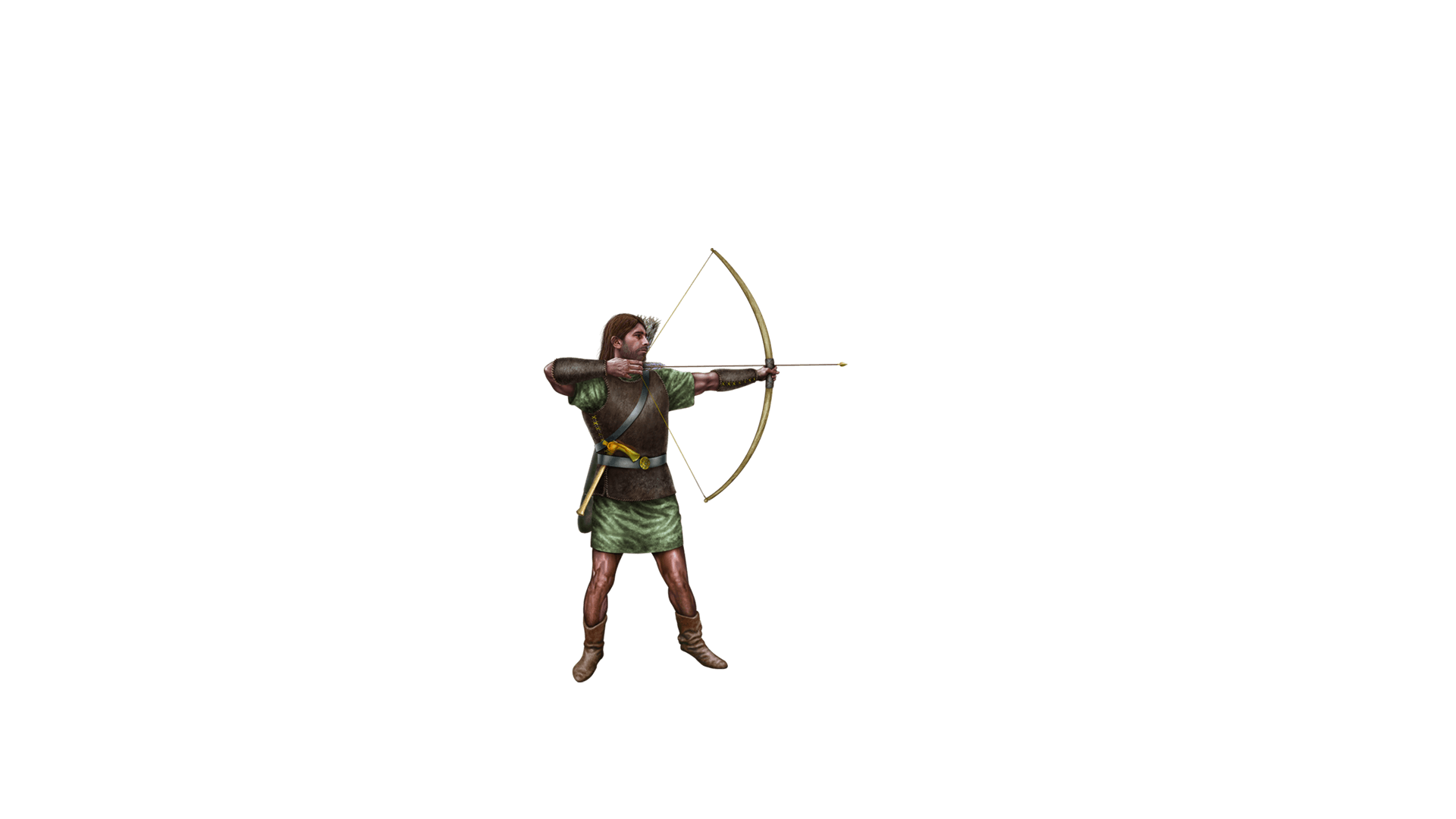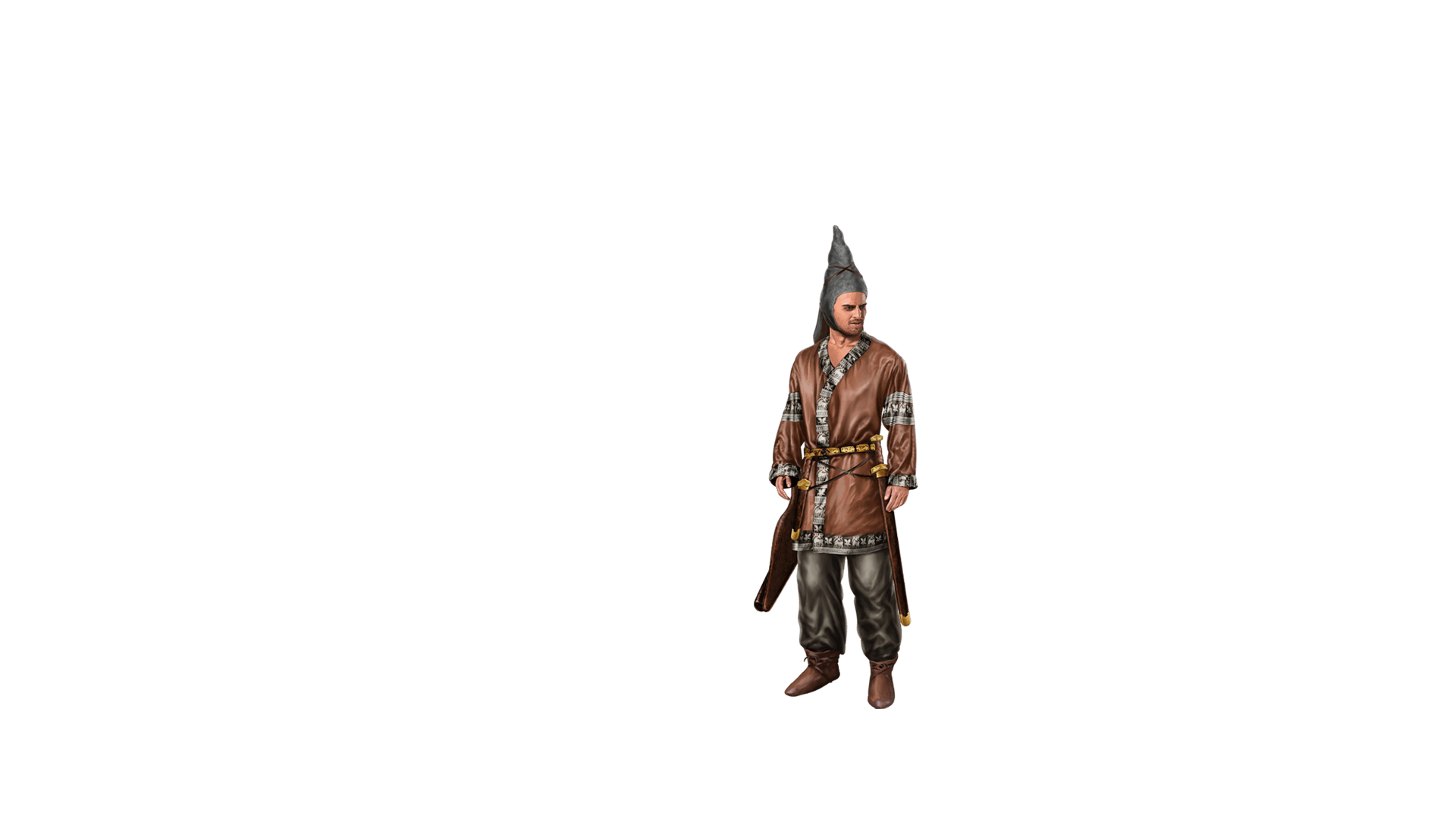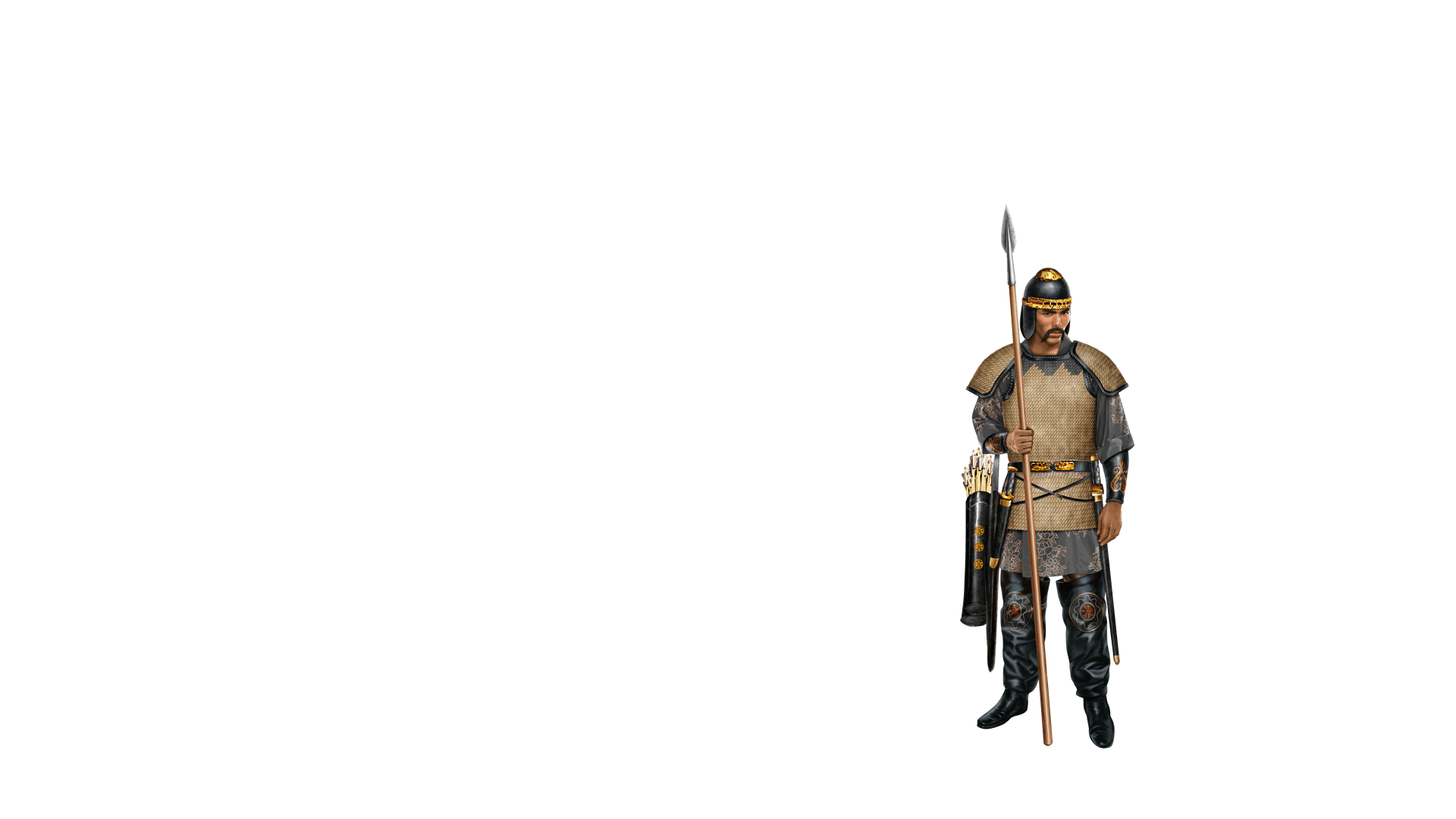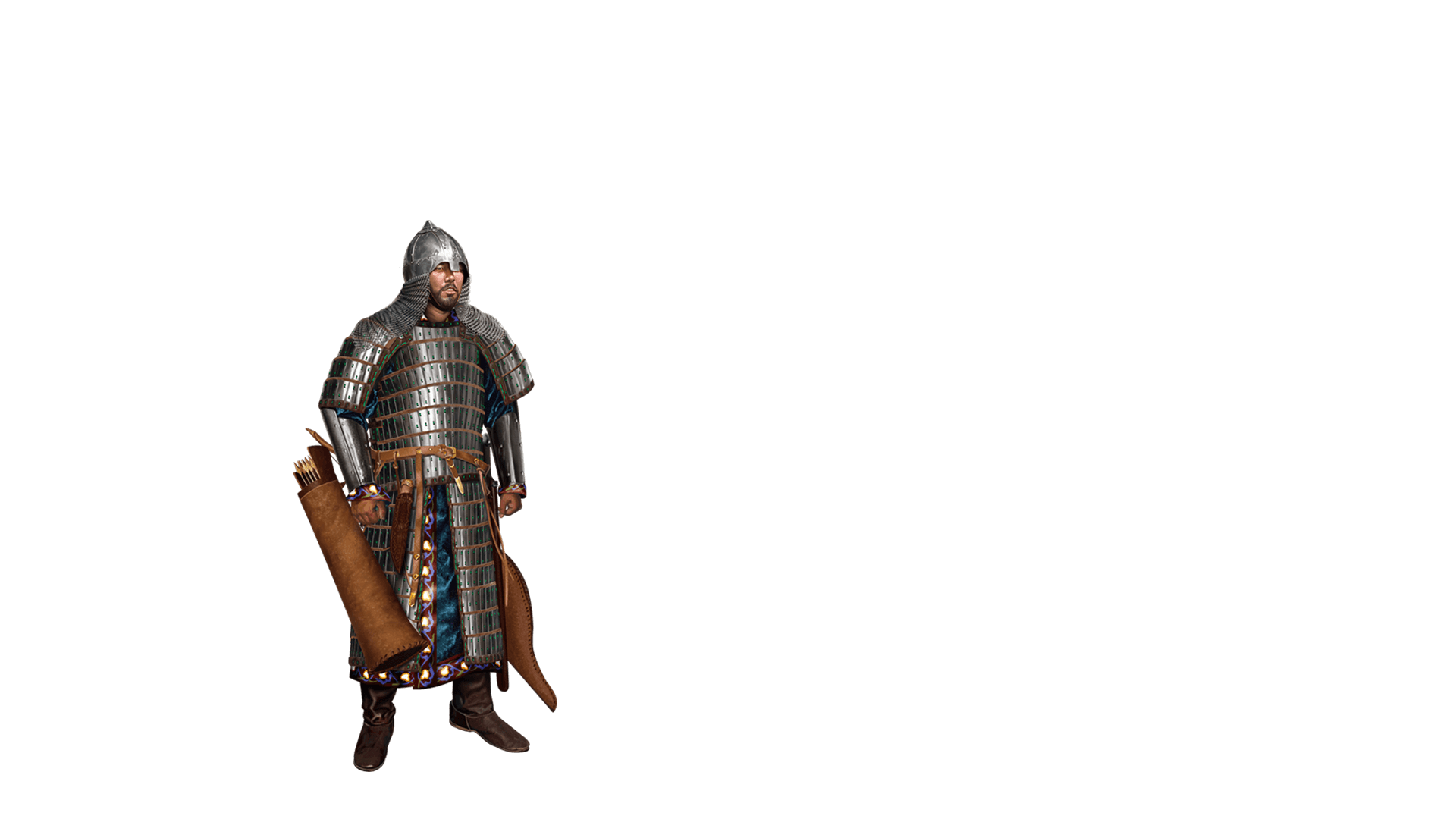Historical reconstructions
Digital drawings for
© "Effect" LLP (Kazakhstan)
Adobe Photoshop
Graphic the tablet
About this project
The project is dedicated to the reconstruction of military armor, ammunition and everyday life of residents of different eras on the territory of modern Kazakhstan and adjacent territories.
Scientific consultant: Stanislav A. Potapov ("Institute of Archeology named A. Kh. Margulan")
Andronovo culture

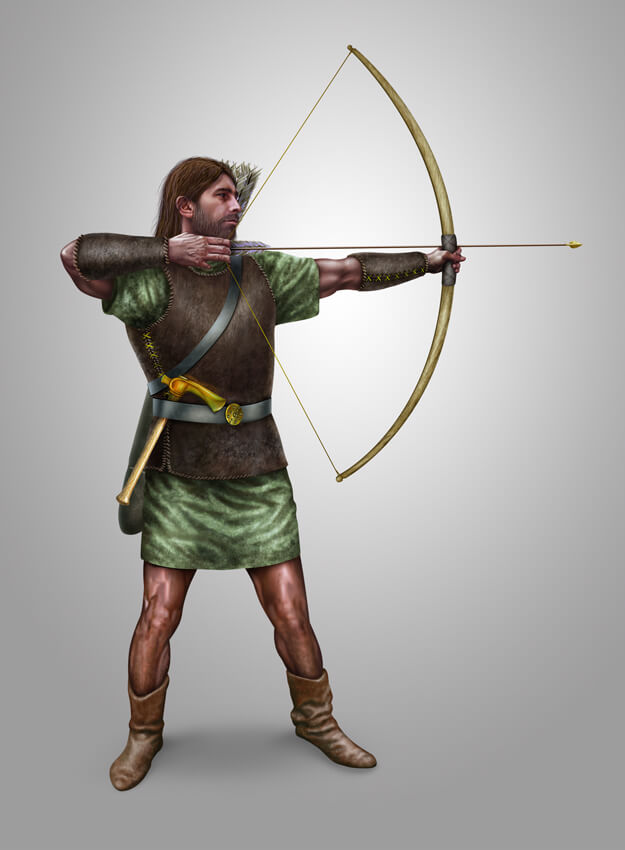
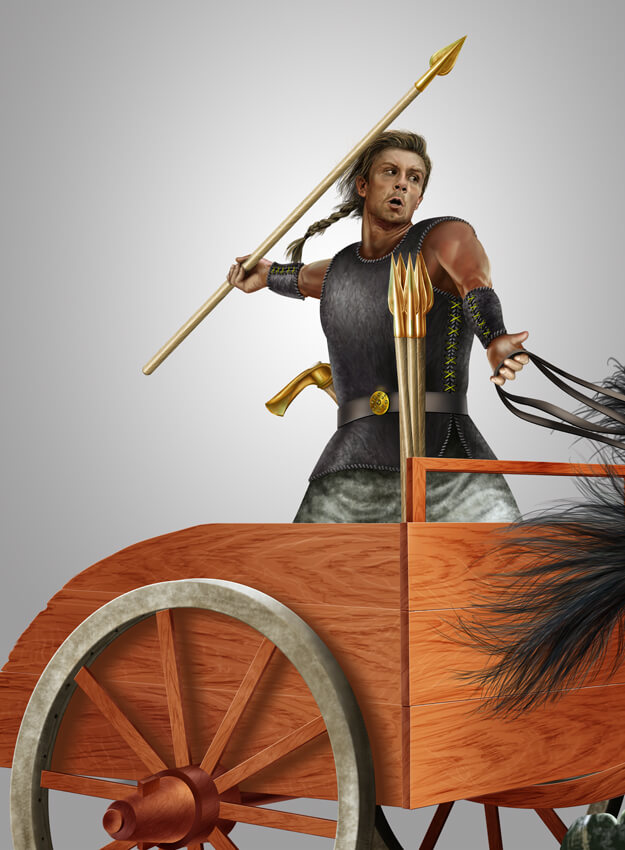
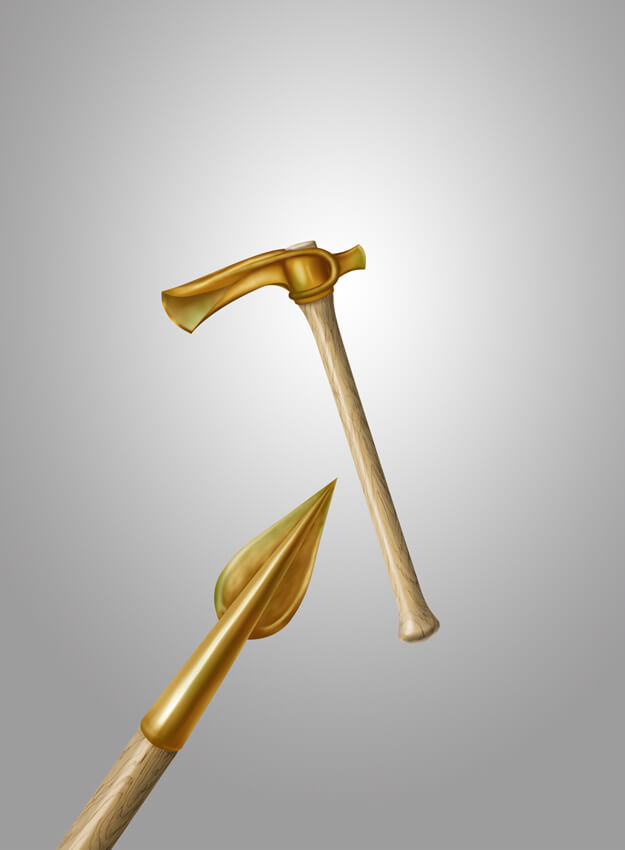
Andronovo culture
The Andronovo culture is a collection of similar local Late Bronze Age cultures that flourished c. 2000–1450 BC,in western Siberia and the central Eurasian Steppe.
The Andronovo culture consisted of both communities that were largely mobile as well as those settled in small villages. Settlements are especially pronounced in its Central Asian parts. Fortifications include ditches, earthen banks as well as timber palisades, of which an estimated twenty have been discovered. Andronovo villages typically contain around two to twenty houses, but settlements containing as much as a hundred houses have been discovered.
Saka


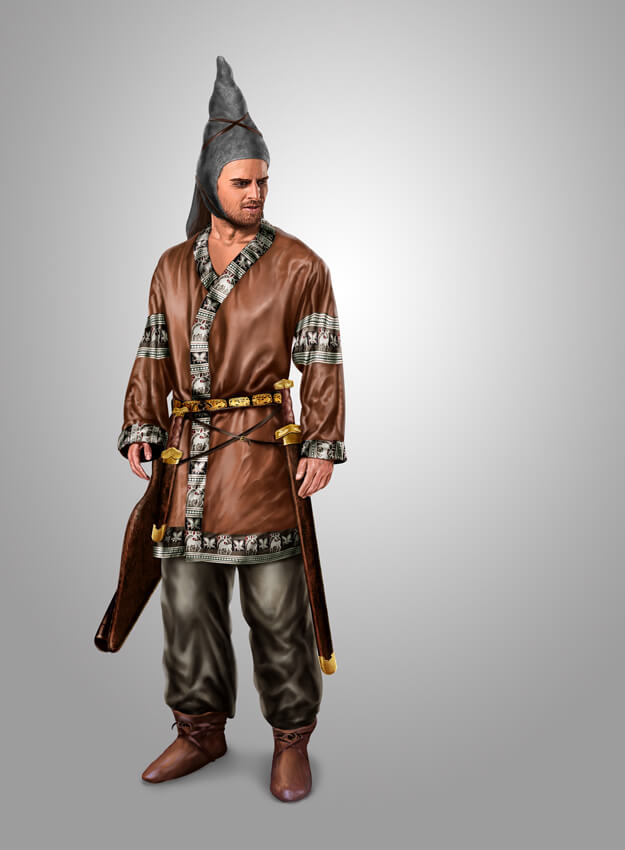
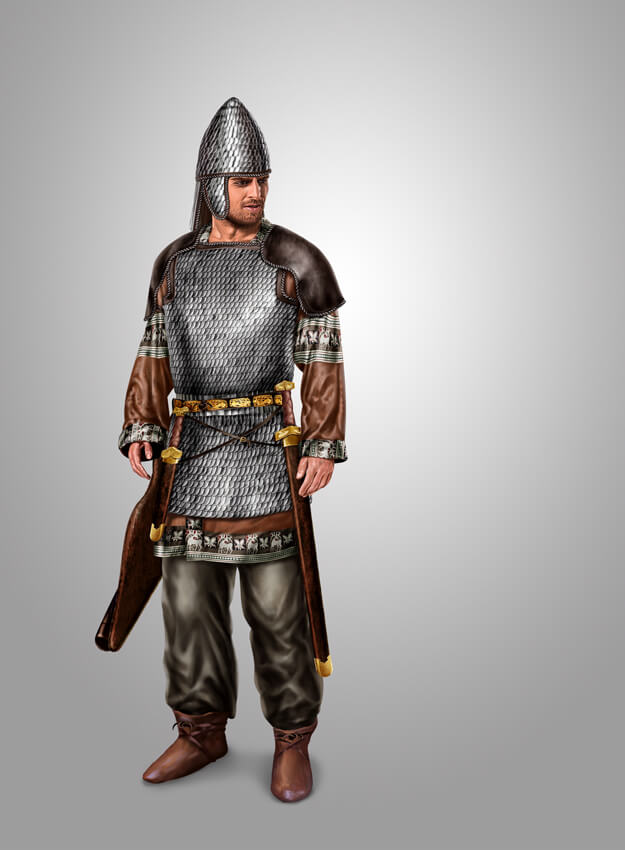
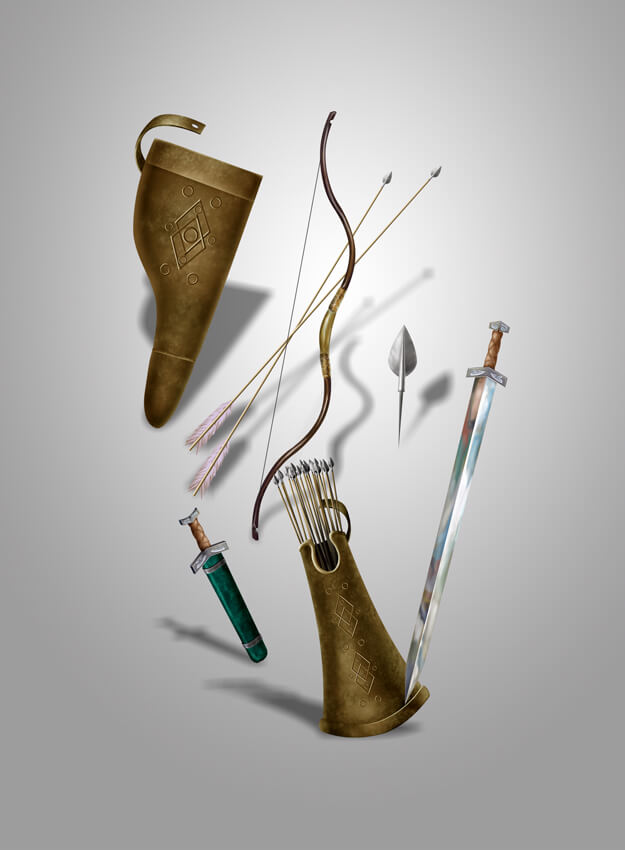
Saka
The Saka or Sacae were a group of nomadic Iranian peoples who historically inhabited the northern and eastern Eurasian Steppe and the Tarim Basin.
The Saka are attested in historical and archaeological records dating to around the 8th century BC. In the Achaemenid-era Old Persian inscriptions found at Persepolis, dated to the reign of Darius I (r. 522–486 BC), the Saka are said to have lived just beyond the borders of Sogdia. Likewise an inscription dated to the reign of Xerxes I (r. 486–465 BC) has them coupled with the Dahae people of Central Asia.
Like the European Scythians, the Sakas were ultimately derived from the earlier Andronovo culture.
Saka (Scythian) art
Decorated tapestry with seated goddess Tabiti and rider, Pazyryk Kurgan 5, c. 241 BCE (reconstruction)
Material: Embroided tapestry
Created: 3rd century BCE
Discovered: Pazyryk
Pazyryk culture
The Pazyryk culture is a Scythian nomadic Iron Age archaeological culture (6th to 3rd centuries BC) identified by excavated artifacts and mummified humans found in the Siberian permafrost, in the Altay Mountains, Kazakhstan and nearby Mongolia.
The Pazyryk carpet (reconstruction)
Animal style
Scythian art is the art associated with Scythian cultures, primarily decorative objects, such as jewellery, produced by the nomadic tribes of the area known as Scythia, which encompassed Central Asia, parts of Eastern Europe east of the Vistula River, and parts of South Asia.
Scythian art makes great use of animal motifs, one component of the "Scythian triad" of weapons, horse-harness, and Scythian-style wild animal art.
Steppe jewellery features various animals including stags, cats, birds, horses, bears, wolves and mythical beasts. The gold figures of stags in a crouching position with legs tucked beneath its body, head upright and muscles bunched tight to give the impression of speed, are particularly impressive.
Kangju


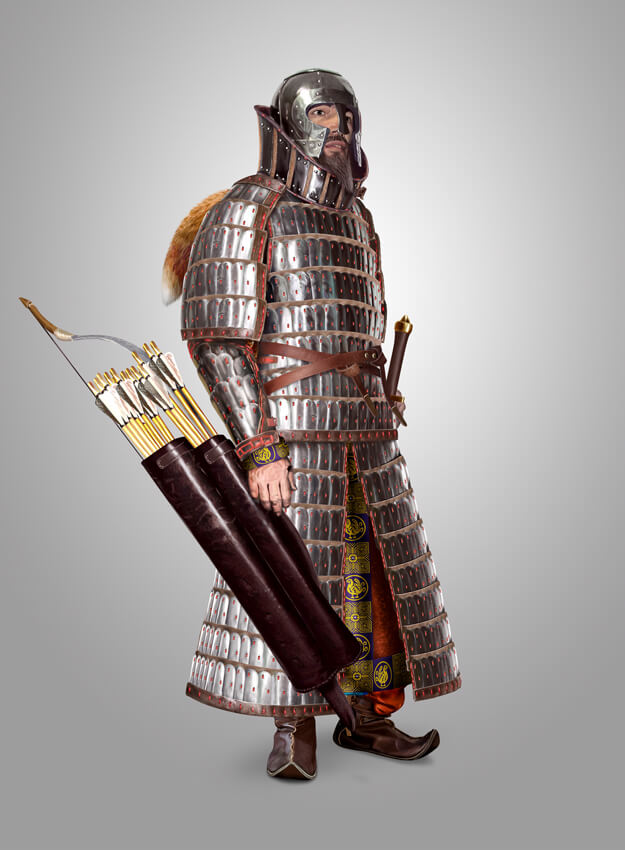
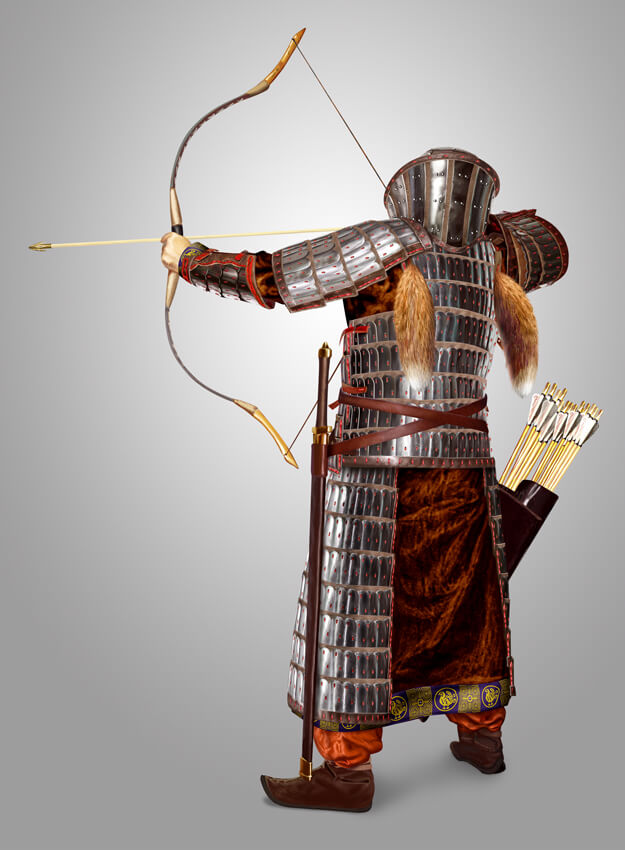
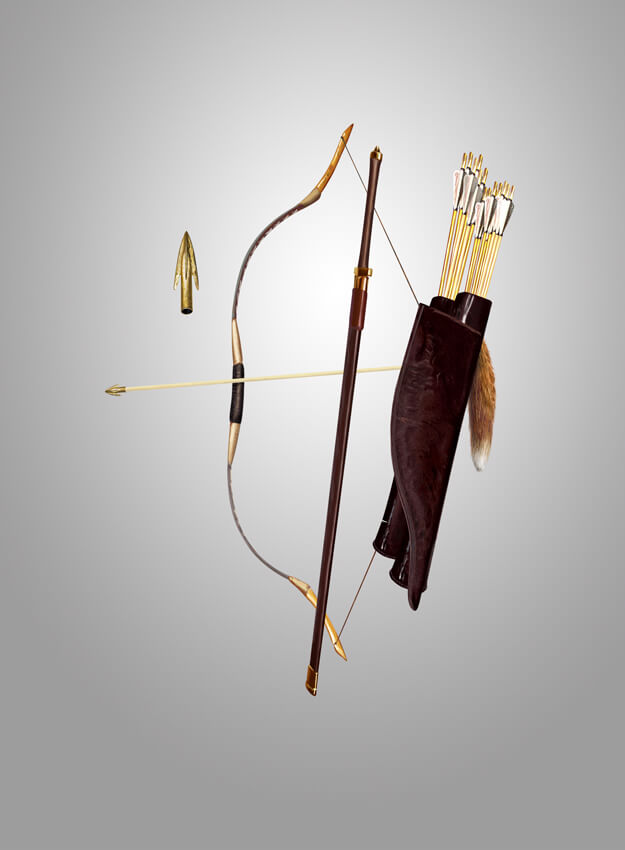
Kangju
Kangju was the Chinese name of a kingdom in Central Asia during the first half of the first millennium CE. The name Kangju is now generally regarded as a variant or mutated form of the name Sogdiana. According to contemporaneous Chinese sources, Kangju was the second most powerful state in Transoxiana, after the Yuezhi.
Its people, known in Chinese as the Kāng (康), were evidently of Indo-European origins, spoke an Eastern Iranian language, and had a semi-nomadic way of life. They were probably identical to the Sogdians, or other Iranian groups closely related to them, such as the Asii.
Orlat plaques
The Orlat plaques are a series of bone plaques that were discovered in the mid-1980s in Uzbekistan. The plaques are thought to have been decorative belt buckles. They are decorated with battle scenes between soldiers wearing cataphracts, and one hunting scene. The date and attribution of the plaques are disputed, although the consensus tends to suggest a 1st-century CE date.

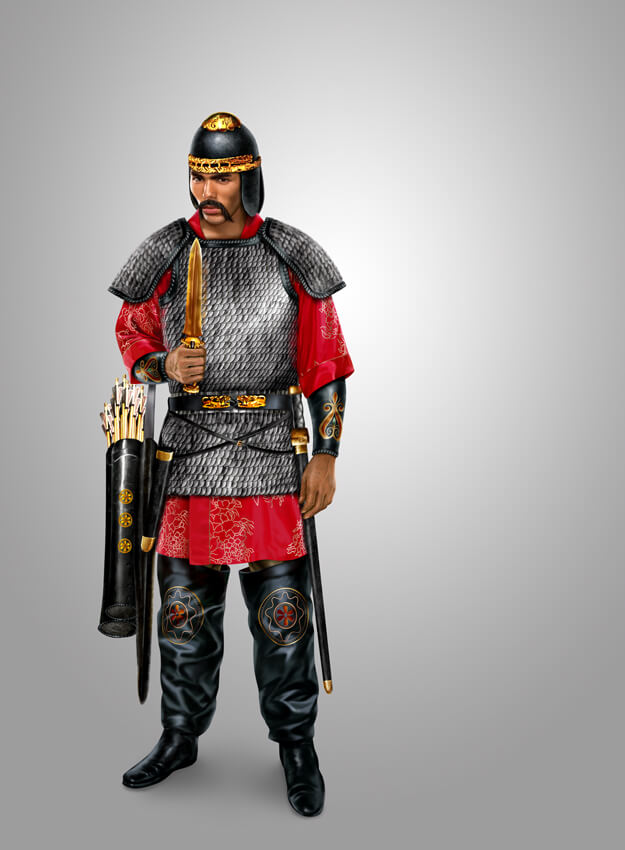
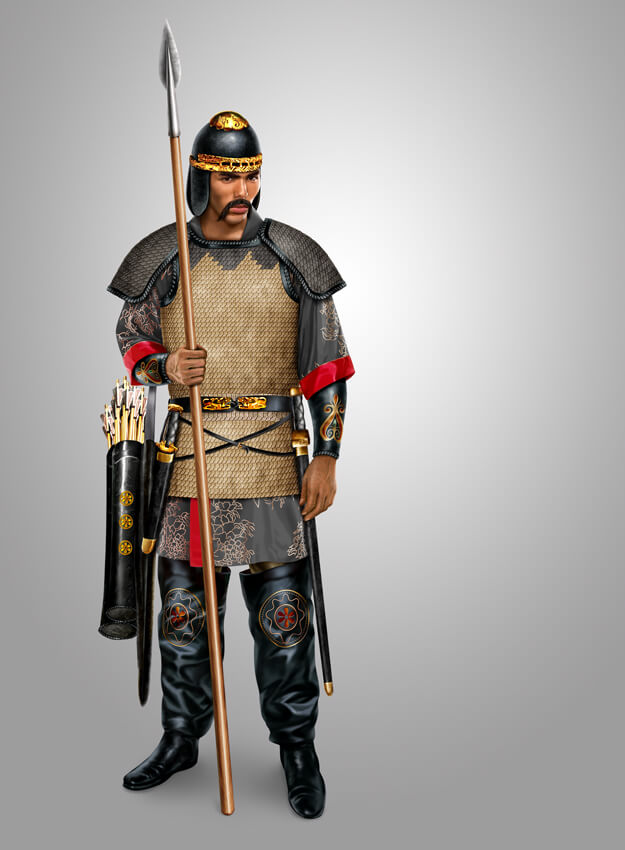
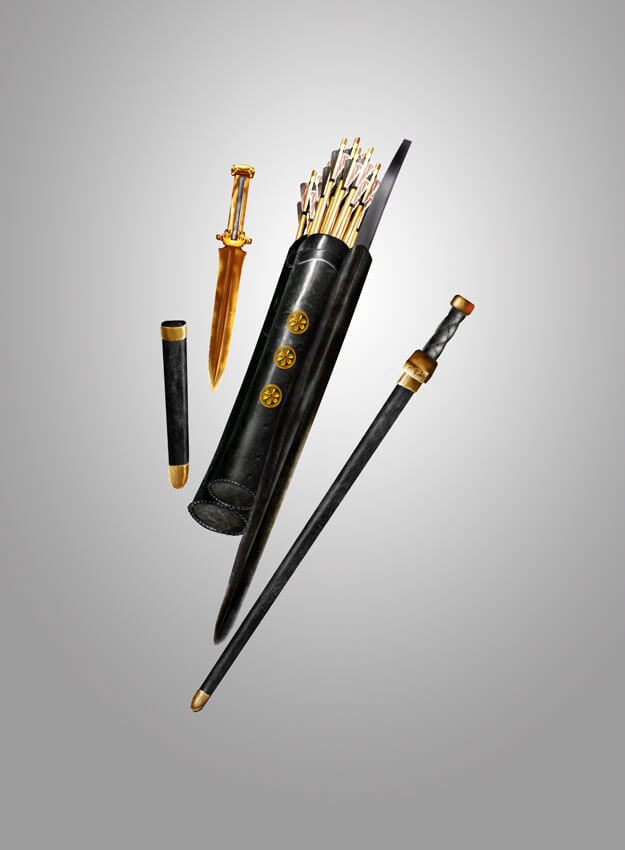
Wusun
The Wusun were an ancient semi-nomadic steppe people mentioned in Chinese records from the 2nd century BC to the 5th century AD.
The Wusun originally lived between the Qilian Mountains and Dunhuang (Gansu) near the Yuezhi. Around 176 BC the Yuezhi were raided by the Xiongnu, who subsequently attacked the Wusun, killing their king and seizing their land. The Xiongnu adopted the surviving Wusun prince and made him one of their generals and leader of the Wusun. Around 162 BC the Yuezhi were driven into the Ili River valley in Zhetysu, Dzungaria and Tian Shan, which had formerly been inhabited by the Saka (Scythians). The Wusun then resettled in Gansu as vassals of the Xiongnu. In 133–132 BC, the Wusun drove the Yuezhi out of the Ili Valley and settled the area.
Wusun
Turkic
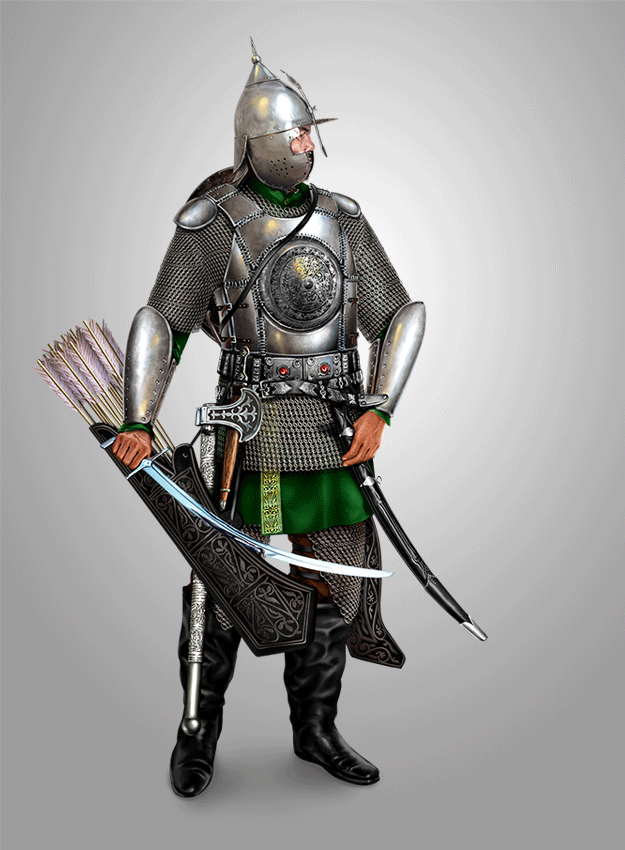
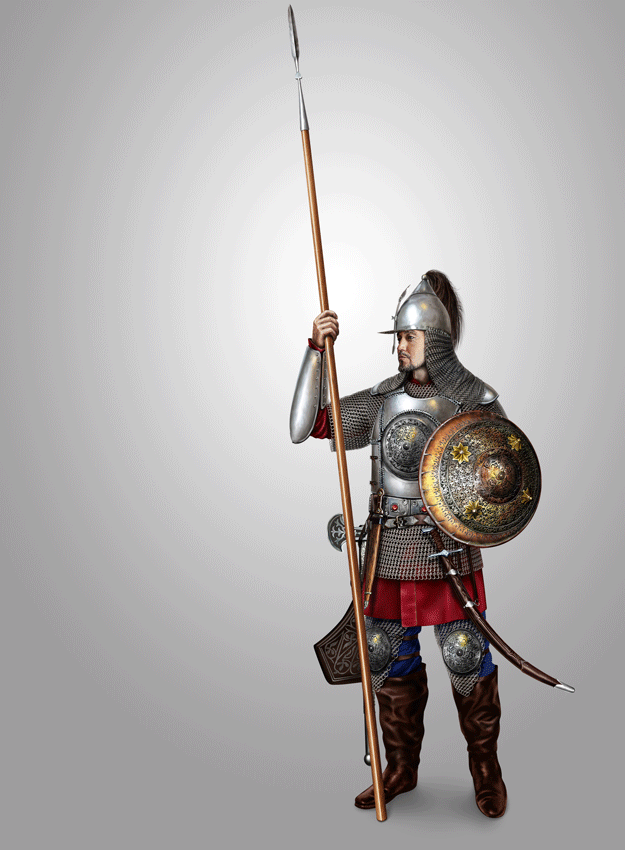

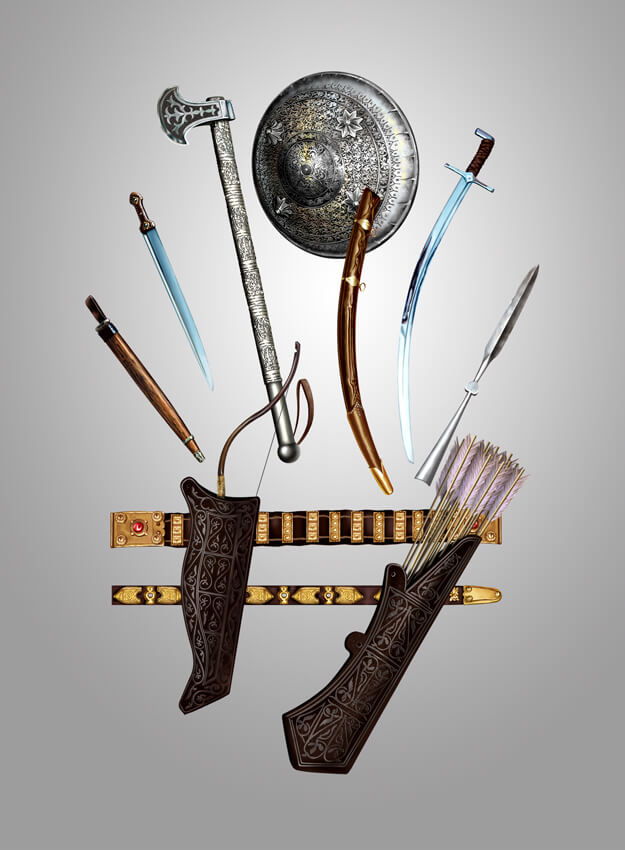
Kazakh Khanate
The Kazakh Khanate was a successor of the Golden Horde existing from the 15th to 19th century, centered on the eastern parts of the Desht-i Qipchaq. The khanate was established by Janibek Khan and Kerei Khan around 1465. Both khans came from Turco-Mongol clan of Tore which traces its lineage to Genghis Khan through dynasty of Jochids.
The establishment of the Kazakh Khanate marked the beginning of Kazakh statehood.


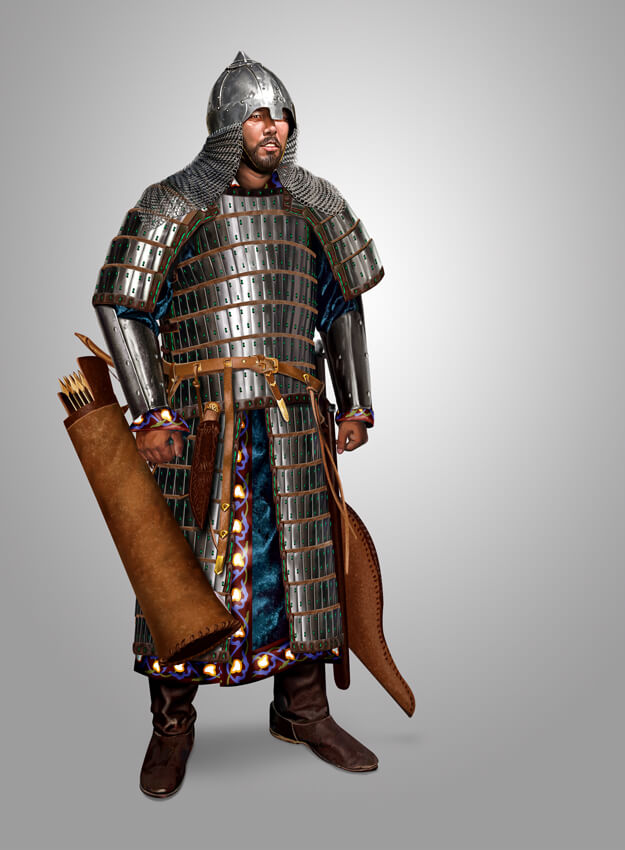
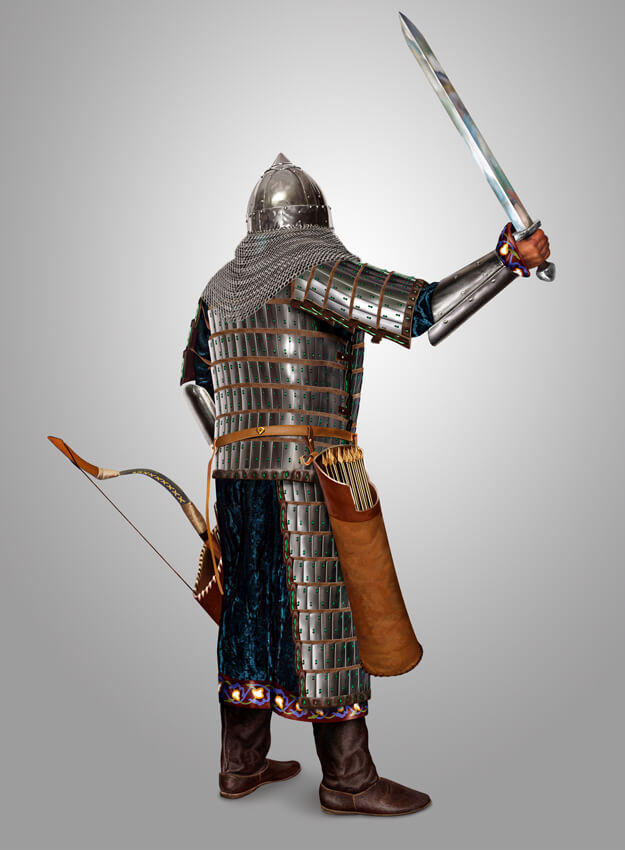
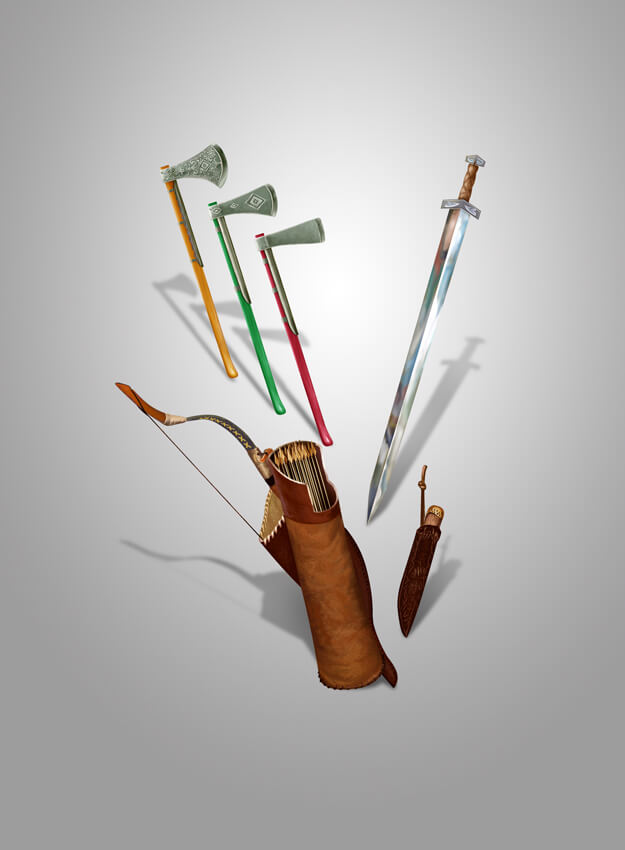
First Turkic Khaganate
The First Turkic Khaganate was a Turkic khaganate established by the Ashina clan of the Göktürks in medieval Inner Asia under the leadership of Bumin Qaghan (d. 552) and his brother Istämi. The First Turkic Khaganate succeeded the Rouran Khaganate as the hegemonic power of the Mongolian Plateau and rapidly expanded their territories in Central Asia, and became the first Central Asian transcontinental empire from Manchuria to the Black Sea.
It collapsed in 603, after a series of conflicts and civil wars which separated the polity into the Eastern Turkic Khaganate and Western Turkic Khaganate.

Kazakh Khanate

Turkic warriors
Together we create the perfect





















































